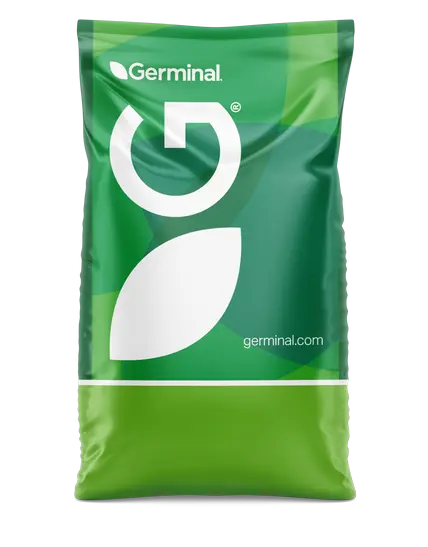Perennial chicory
Puna II
Puna II is a forage crop for use as a pure stand or part of a mixed sward in medium to long-term rotational grazing.

Product overview
Puna II perennial chicory is the superior choice of chicory when seeking a broad-leaved forage crop as part of a mixed sward with grass and clover or grown alone in a pure stand. It can boost growth rates and productivity to finish stock earlier.
This perennial variety, bred in New Zealand, gives greater persistency lasting 2-5 years, longer than the short-lived common chicory.
Product benefits
- Outstanding animal performance (e.g. lamb growth rates of 300-400g/day)
- Yields up to 15tDM/ha in a season; crude protein up to 25%; D-value 70-80
- High mineral content, including zinc, potassium and copper
- Good tolerance to drought, acid soils and major pests
- Rapid regrowth after grazing
- Reduces the effect of internal parasites
- Provides high-quality feed through the summer
- Does not cause bloating
Usage instructions
| Rate | 1kg/acre with 14 kg grass and clover (2.5 + 35 kg/ha) 2.5-3kg/acre (6.0-7.5kg/ha) if sowing a pure stand |
| Time | April to mid-August (if sown with grass) April-May (as pure stand) |
| Depth | 10mm |
| Process | Sow chicory seed in well-drained soils. Control broad-leaved weeds before sowing. Cultivate to achieve a fine, firm seed bed. Ploughing will help level rough fields. Sow in good conditions (warm with rain forecast), no deeper than 10-15mm. Roll well after sowing to ensure good soil/ seed contact. N, P and K fertiliser requirements are similar to that of grass. Ensure optimum soil pH, P and K indices. |
| Comments | Graze when the crop reaches a height of 10-15cm and when plants are resistant to uprooting. Generally ready for grazing eight weeks after sowing Rotationally graze for best results Avoid flower heads developing (except once in the autumn as this can aid persistency) Avoid damage to the crown as this will reduce yield and persistency (more likely with hard grazing in wet conditions) If chicory produces seed, grazing with cattle is preferable over topping. Topping can allow water to penetrate the hollow stem and this can kill the plant Ensure adequate N, P and K fertiliser is available to the plant |